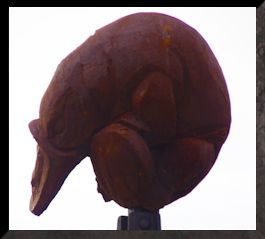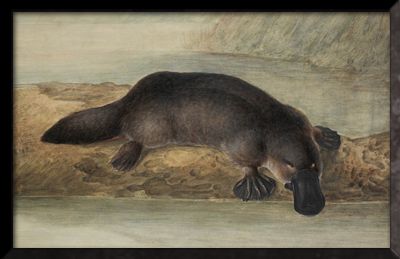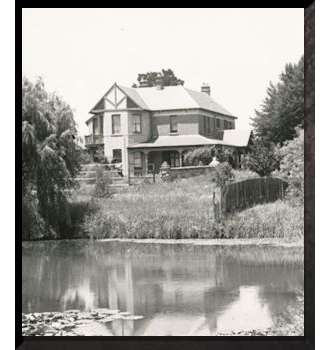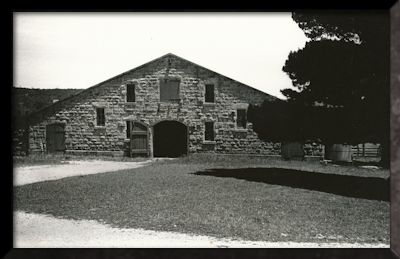|
|
|
|
||||||
|
|
CHARLES DARWIN VISITS WALLEROWANG HOMESTEAD The naturalist Charles Darwin arrived in Sydney on HMAS Beagle on 12 January 1836, homesick and jaded from a long voyage. He hired a horse and a man and rode from Sydney to Bathurst, stopping at Wentworth Falls and Govett’s Leap, where he marvelled at the scale of the Grose Valley.
Darwin was carrying a letter of introduction from James Walker, the owner of ‘Wallerowang’, so on 19 January overnighted there, where Andrew Brown was overseer. Darwin found ‘Walerawang’ comfortless—“not even a single woman resided here"— but profitably grazed. He was disappointed that a kangaroo hunt with Thomas Archer was a failure, and mused, in fairly racist terms, upon the dispossession of Aboriginal people. But Darwin’s pessimism soon lifted, as he wrote in his diary:
Anne Moyal says this event was ‘like a pebble cast into a quiet pool’: the platypus became a key exemplar of natural selection, and an enduring presence in his writing. This interlude led Darwin to some important realisations:
While Darwin’s visit was a remarkable moment, Wallerowang’ had a long and interesting history. After Walker’s death in 1856 the property became ‘Barton Park’ but was known as ‘Wallerowang House’ until Walker’s grandchildren James Lyon Walker Barton and Lue Loveday Barton, then in middle age, were murdered there in 1948. The Bartons had already discussed selling the property to the Joint Coal Board, and their surviving sister completed the sale in 1950. In the 1970s ‘Wallerowang’ disappeared under the waters of Lake Wallace, created for Wallerawang Power Station. A monument to Charles Darwin sits on the shores of Lake Wallace, but nothing remains of the house. Eskbank House holds an 1840s Broadwood square piano and a bed from the ‘Wallerowang’ while the Lithgow Pottery Pavilion was crafted from sandstone acquired from the old barn. SOURCES Anne Moyal, Platypus: The extraordinary story of how a curious creature baffled the world, Sydney: Allen & Unwin, 2000. State Library of New South Wales, Charles Darwin Down Under 1836, Exhibition, 2009 Charles Robert Darwin, “Journey Across the Blue Mountains to Bathurst in January, 1836” in George Mackaness (ed), Fourteen Journeys Over The Blue Mountains of New South Wales 1813-1841, Sydney: Horwitze-Grahame, 1965 |
|
||||||
|
|
|
|




